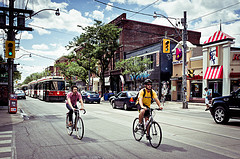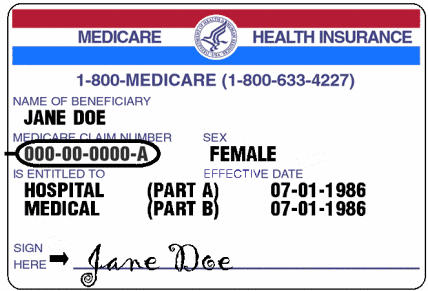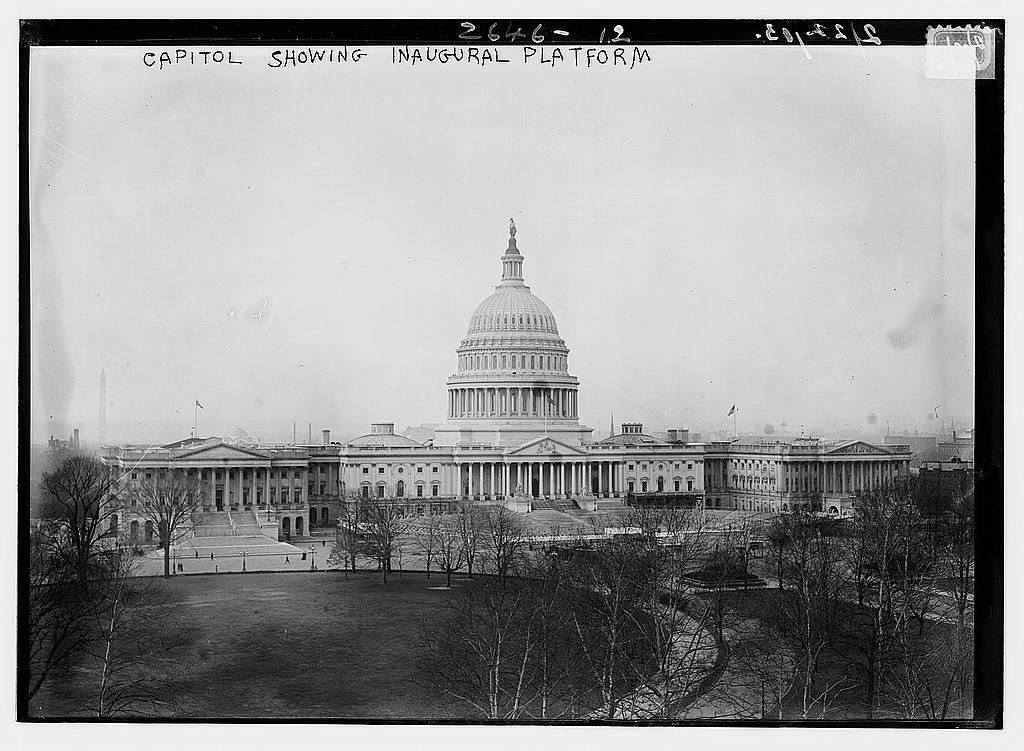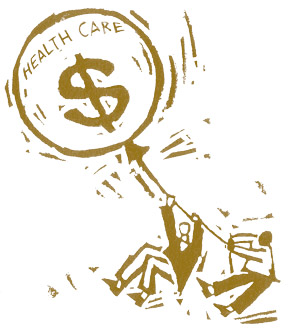A few nights ago my wife and I had a conversation with our friend Peter. In contrast to our method of deciding our fate (last minute panic combined with procrastination and our desire to live in the moment), Peter was describing himself as vision-driven in his decision making process. By coincidence, the following morning I sat among a large group, including my fellow ChangeEngine blogger Scott Burkholder, loosely organized around the concepts of social entrepreneurship and a vague but optimistic vision of a better city.
These conversations have given me pause for thought, and to consider the role of this social innovation/social change blog platform. Our group of authors approaches the challenge of promoting positive social change from a variety of perspectives, and most of us have personal investment in the projects and programs that we write about.
I’ve occasionally thought that the quote attributed to Ghandi on a million self-satisfied bumper stickers — “Be the change you want to see in the world” — might be an appropriate mission statement for ChangeEngine. I looked up the phrase and found that he has been misquoted for the purposes of bumperstickerability. As corrected by the New York Times:
If we could change ourselves, the tendencies in the world would also change. As a man changes his own nature, so does the attitude of the world change towards him. … We need not wait to see what others do.”
Not surprisingly, Ghandi is a smidge more complex and a tad more profound than the sentiment captured on a bumper sticker.
My conversation with Peter and the breakfast group the following morning centered around the potential for individuals and small groups to generate substantial change. Both interactions emphasized the importance of envisioning a better place, even if the precise vision of a better future is vague. In a way, it doesn’t really matter. The effort counts.
Making an effort toward positive change almost certainly shifts the expectations, changes the conversation, and re-frames the possibilities for a community in need of transformative positive change. If Ghandi were a statistician, he might have talked about shifting or weighting the mean, if he were a talk show host, he might have talked about seeding the audience, but since he was an agent of transformative change, he talked about changing ourselves in order to change the world.
Hasdai Westbrook, our editor extraordinaire and Change-Monger-in-Chief, regularly reminds me to consider the social innovation components of the various issues that I address in my columns, and often this is a challenge for me when writing about burgeoning pandemics in Saudi Arabia. Today, however, I am struck how the health of the city is affected by all of its residents and their activities. Planting community gardens and socially responsible investment are both contributers to the same vision, and are relevant to the health of the greater community.

Barton, H.; Grant, M., 2006. A health map for the local human habitat. The Journal of the Royal Society for the Promotion of Health
My beat is Public Health, with local and global implications. At its core, Public Health is concerned with trends and interventions at the population level. While those in the research and analysis end of the field must be driven by process and procedure, those engaging in interventions must be driven by vision.
No public health intervention is undertaken without a vision of a better future for the population, but I believe that the definition of health intervention should be broadened considerably. From urban farms to the Mayor’s public safety initiatives to public art projects, there are a great number of activities taking place in Baltimore (and around the world) that directly and substantially impact population health. These activities impact the education, nutrition, economics, safety, and appearance of our neighborhoods, which can have a profound impact by shifting the mean toward a healthier city and and a healthier world.
Next time, The Gluten Wars, A Health-Conscious Society Loses Its Mind









